US airstrikes kill 30 civilians in Afghanistan's Helmand
Airstrikes conducted by the US military has killed at least 30 civilians, including children and women, in Afghanistan’s southern province of Helmand amid a spike in civilian deaths from aerial attacks.
The US-led NATO force in Afghanistan said on Wednesday that American advisers and Afghan government forces called in an airstrike as they came under fire from Taliban militants in a compound in Garmsir district.
"At the time of the strike, the ground force was unaware of any civilians in or around the compound; they only knew that the Taliban was using the building as a fighting position," a force spokeswoman said in a statement.
"We investigate every credible allegation of error and review every mission to learn, adapt and improve," she added.
Helmand provincial governor Mohammad Yasin Khan also said forces had called in air raids against Taliban militants in the district, adding that civilians and Taliban militants were among the casualties caused by the aerial attack.
Meanwhile, Feda Mohammad, a resident of the area, said all of the victims of the Tuesday airstrike were civilians, adding that some people were still buried in the rubble of the compound.
"The area is under the control of [the] Taliban but all of the victims of last night's bombing are civilians," he said.
Mohammadullah, another resident, said the fighting began late on Tuesday.
"Foreign forces bombed the area and the bombs hit my brother's house," he said, adding women and 16 children were among the victims.

The United Nations said last month the number of civilians killed or injured by airstrikes in Afghanistan in the first nine months of the year was already higher than in any entire year since at least 2009.
The increase comes as the US has stepped up its air operations in an attempt to exert pressure on the Taliban militant group to force them to accept a negotiated end to the 17-year war.
The US, along with a number of fellow-NATO members, invaded Afghanistan in 2001, toppling a Taliban regime in control of most of the country at the time, but it has failed to restore security in the country plagued by militancy and terrorism.
The administration of US President Donald Trump is now negotiating directly with the Taliban, excluding the Kabul government.
Afghan president forms negotiating team
Speaking at a UN conference on the war, Afghan President Ashraf Ghani said on Wednesday that he had formed a 12-strong team to negotiate peace with the Taliban.

"We seek a peace agreement in which the Afghan Taliban would be included in a democratic and inclusive society," he said.
The Taliban are not attending the Geneva talks, which coincides with the US attempts, but will be closely monitoring the gathering of Afghan leaders and international diplomats.
Ghani stressed that any deal must fulfill certain conditions, including respecting the constitutional rights of women.
He also urged Afghans to back his peace push in an election next April.
"Presidential elections in the spring are key to successful peace negotiations. The Afghan people need an elected government with a mandate to obtain ratification (and) implement the peace agreement and lead the societal reconciliation process," he said.
The Afghan leader noted that the implementation of any accord will take at least five years.
"Implementation will take a minimum of five years to reintegrate six million refugees and internally displaced people," the president said.
According to Afghanistan's chief executive Abdullah Abdullah, the five-phased peace process would start with an intra-Afghan dialogue, followed by discussions with Pakistan and the US, then regional actors, the Arab Islamic world and finally NATO and non-NATO countries.
"The aim of each and every effort by our partners has to be to encourage the Taliban to come to the negotiating table with the Afghan government and put everything on the table," Abdullah said.
Tehran protests: How hostile external forces exploit economic discontent to foment chaos
Israel used multi-ton truck bombs in Gaza before ceasefire, investigation reveals
IRGC offers condolences on Abu Obeida’s martyrdom, says future belongs to Resistance
Iran appoints new central bank governor after currency fluctuations
General Ahmad Vahidi appointed deputy commander of IRGC
Iran MPs hail triple satellite launch as major milestone in space program
VIDEO | Bangladesh holds a solemn funeral for former Prime Minister Khaleda Zia
Historic Indian city of Lucknow in a state of disrepair


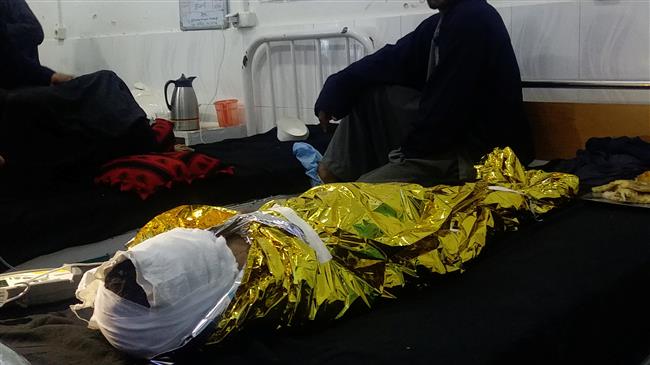

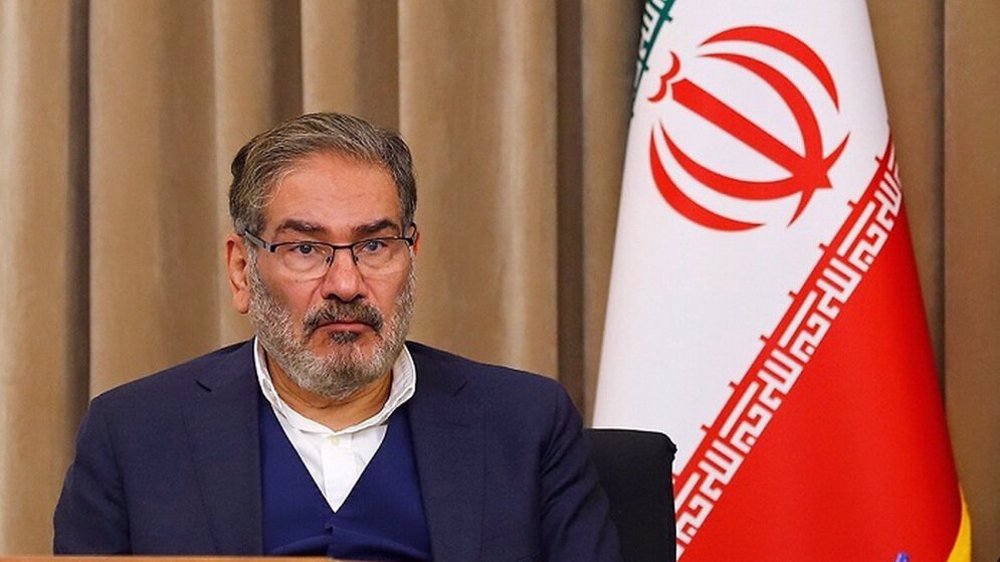
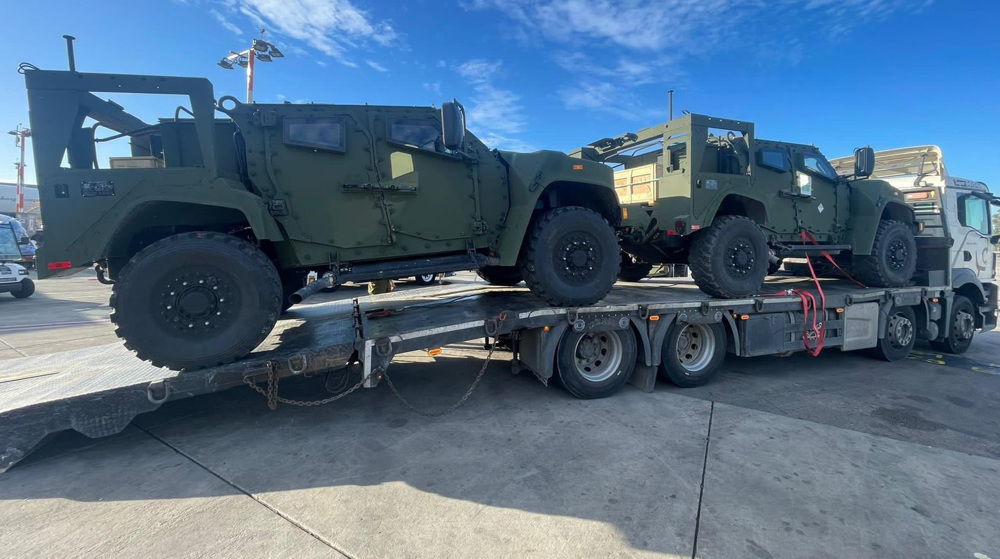




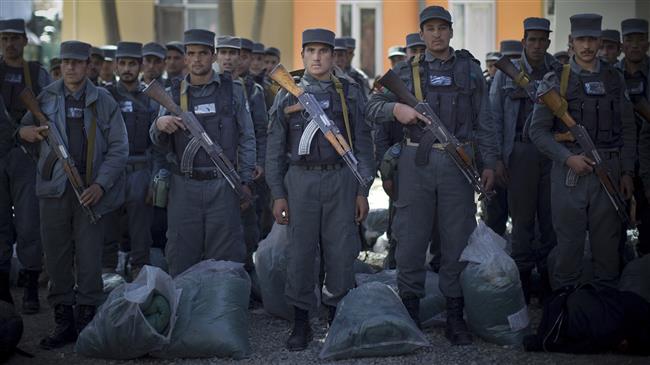

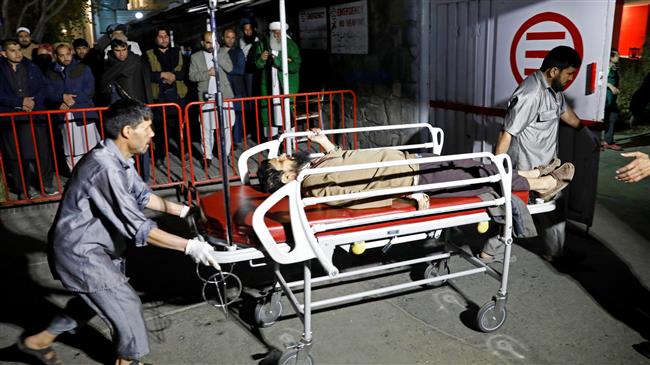


 This makes it easy to access the Press TV website
This makes it easy to access the Press TV website